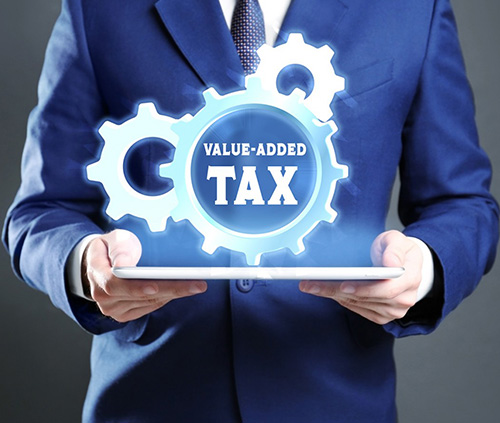Accounting and Finance
Introduction and Basic Mechanics of VAT
Why Attend
It is projected that on the 1st of January, 2018 a common Value Added Taxes (VAT) framework will be implemented across the GCC states. This course will allow you to provide the necessary direction to your accounting, finance, IT, business development and other concerned departments for the successful implementation of the VAT. We will help you recognize the terms, principles and basic mechanics of the VAT as they will be adopted and implemented in the GCC. In addition to giving you the required knowledge and skills to prepare for the adoption of the VAT, this course will also give you the opportunity to exchange knowledge with other participants attending from various organizations operating in the region.
“Introduction and Basic Mechanics of VAT” is the first part of the VAT training series. Accounting and finance professionals are advised to attend “Accounting for VAT” which is the second part of this series and is offered on the following day. By attending both parts, participants will benefit from a special discount.
Course Methodology
The course uses a mix of interactive techniques, such as brief presentations by the consultant, application of theories and group exercises to exchange experience and apply knowledge acquired throughout the course.
Course Objectives
By the end of the course, participants will be able to:- List major terms of VAT such as a taxable person, input VAT, output VAT, exempt supplies and much more
- Recognize the effect of VAT adoption on their company’s financial statements
Target Audience
Staff accountants, senior accountants, chief accountants, accounting managers, controllers, internal auditors, tax consultants, tax preparers, IT professionals, business development managers and other professionals in any of the company’s functions
Target Competencies
- Understanding VAT
- Applying VAT

Course Outline
- Introduction and basic mechanics of VAT
- Basic mechanics of VAT
- Definition of VAT
- How VAT works: input and output VAT calculations
- Persons and entities subject to VAT
- Different types of supply
- Taxable supplies within the scope of VAT: goods and services
- Exempt supplies outside the scope of VAT
- Zero-rated supplies
- Deemed supplies
- Place of supply: local versus export
- VAT on sales charged on delivery, invoice or payment date
- When to record and recover VAT on goods and services received
- Local delivery
- Imported goods and services
- Taxable amount: which amount is subject to VAT
- Discounts and free goods treatment
- The party liable to pay VAT
- Basic mechanics of VAT
REQUEST CALL BACK
Would you like to speak to one of our consulting advisers over the phone? Just submit your details and we’ll be in touch shortly.














